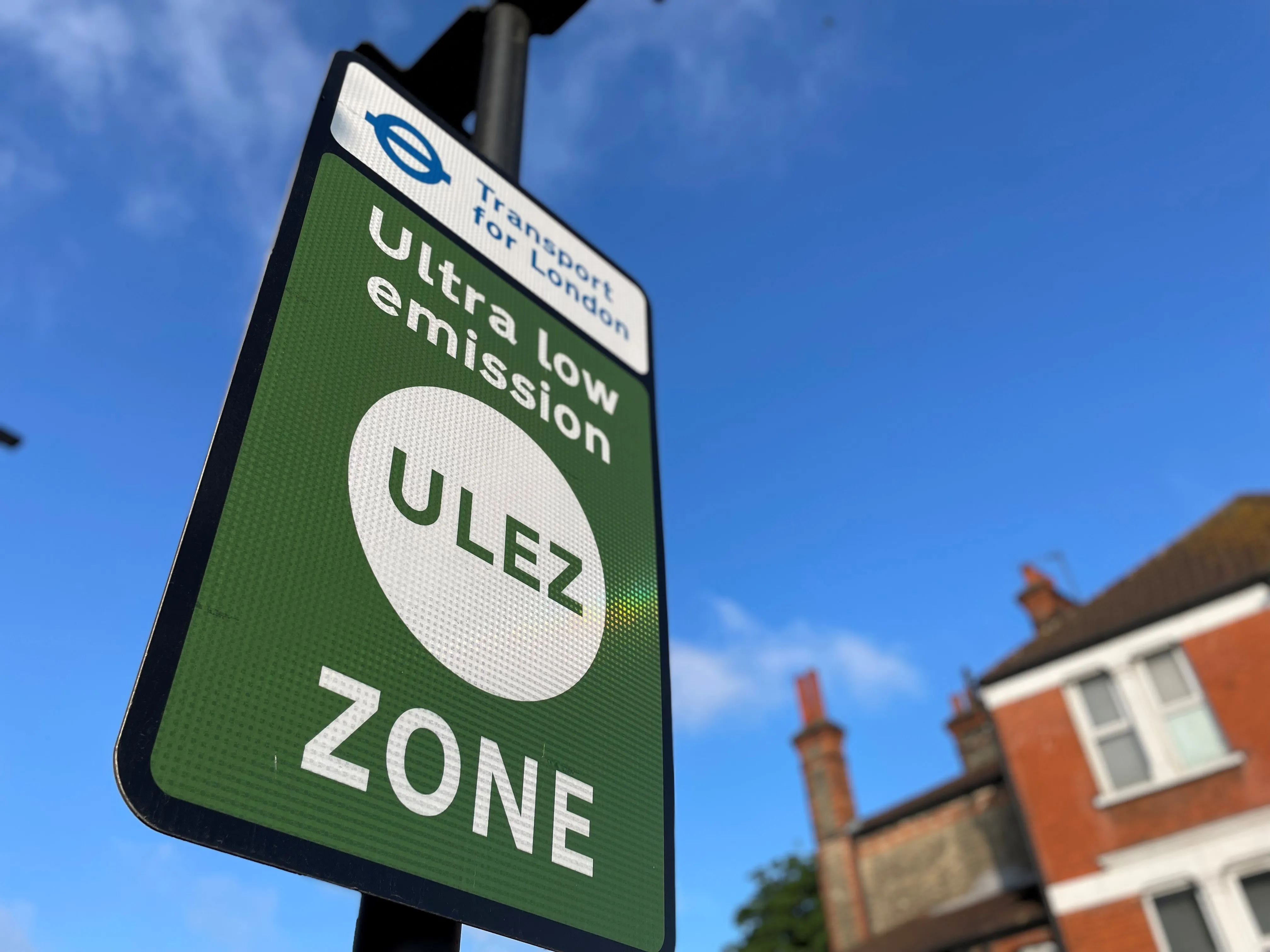Tailpipe data firm Emission Analytics has issued a warning to bus and vehicle fleet owners planning to retrofit their vehicles with nitrogen oxide (NOX) reducing equipment, as stringent real-world analysis is need to ensure they meet the EU emission targets.
The firm says the
Emission Analytics calculates that there is around a 22 per cent discrepancy on average between the estimated emissions and the real-world figures. Emission Analytics added that this disparity increases if roadside gas analysers are used, as they only record the ambient pollution. This means that local authorities could be inadvertently spending money on vehicles that fail to produce lower emissions.
CEO Nick Molden said, “Choosing a vehicle on the basis of its theoretical emissions, without understanding how it operates in the real world is a lottery. It is quite possible to select a vehicle that theoretically will help reduce NOX emissions, only to find that it has a negative impact.”
The study that Emission Analytics carried out, with
However, Eminox, which manufactures exhaust emission control systems for heavy-duty diesel vehicles, believes this may not be the case, as research carried out by King’s College London showed positive signs. Ninety three London buses retrofitted with its selective catalytic reduction system helped reduce kerbside NOX pollution by 23 per cent on Putney High Street.
Eminox admits that these figures, which included a 12 per cent decrease of NO2, could be further increased if less congestion was present on the roads.
The study suggested that over its three month trial in 2013, the results conclusively show that retrofitted SCR systems had helped to lower the NOX and NO2 levels, and could support delivery of the EU’s limit value threshold.
Reducing congestion essential to help buses meet EU NOX targets
Tailpipe data firm Emission Analytics has issued a warning to bus and vehicle fleet owners planning to retrofit their vehicles with nitrogen oxide (NOX) reducing equipment, as stringent real-world analysis is need to ensure they meet the EU emission targets.
The firm says the Department for Transport (DfT) support for local authorities with up to £500,000 of funding from its £5 million Clean Vehicle Technology Fund is a positive step. However, the methods by which it monitors the NOX produced needs to be
August 15, 2014
Read time: 3 mins








